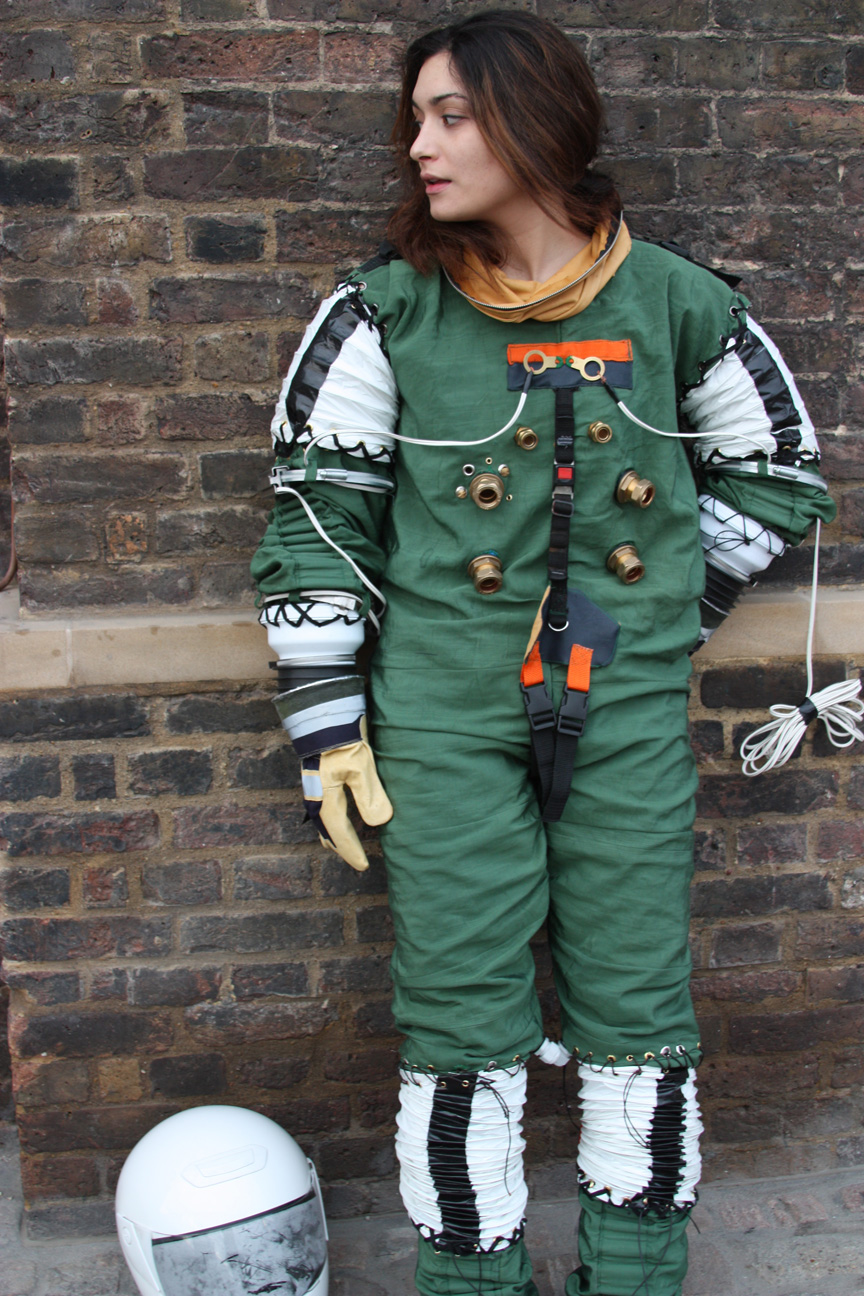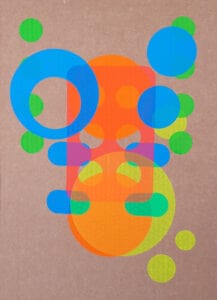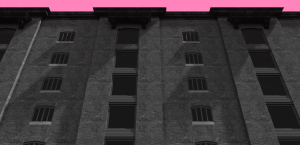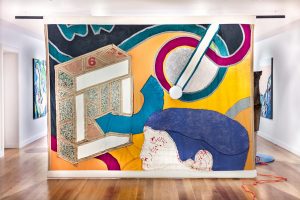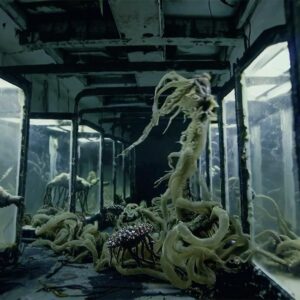Over the next few weeks FAD will be featuring interviews and Q & A’s with the seven shortlisted artists from the prestigious Catlin Art Prize 2014 up fifth is Sarah Fortais from Central St Martins.
1. How do you feel about being shortlisted for the Catlin Prize?
I’m very proud and extremely grateful. I can’t get over how much support I have from the Catlin crew. They make me feel like I’ve already proven myself and jump straight into how they can help me realize my project. I’m not used to this because I’m a perpetual student and have gotten into the habit of thinking of myself and my projects as incomplete. For this reason alone I have found the whole process to be useful in developing my work. Things move much faster when I am not working inside of an institution.
2. What work will you be producing over the next year?
I’m making some spacesuits for animals and working on a real skull ukelele. I will also be doing a lot of writing for my PhD upgrade, which I also feel is quite creative. Sometimes my writing and studio work trade places and the writing ends up being the work and the studio work becomes documentation.
3. How would you describe your work?
I like to take things apart. My work is bricolage, and involves overlapping, forcefully dragging together parts, and rebuilding them. To make an object from objects or knowledge from knowledge begins through combinations and then reconsiderations of what is already established. It is my attempt to ultimately make something meaningful, which is different than trying to make sense.
To paraphrase Apollo astronaut Jim Lovell, We learned a lot about the Moon, but what we really learned was about Earth.
It is my belief that when creativity is pressed to its limits it renders its ingredients unrecognizable; pressed even further it comes back around to render a more legible construction of what was always in full view. This process, identified by Viktor Shklovsky as defamiliarization, has a transformative power that rests not in its ability to change a subject but rather, the perception of it. I use defamiliarization as a methodology of active research.
4. What materials do you work with and why?
Anything really. I think of an object or an event and then I build to create that.
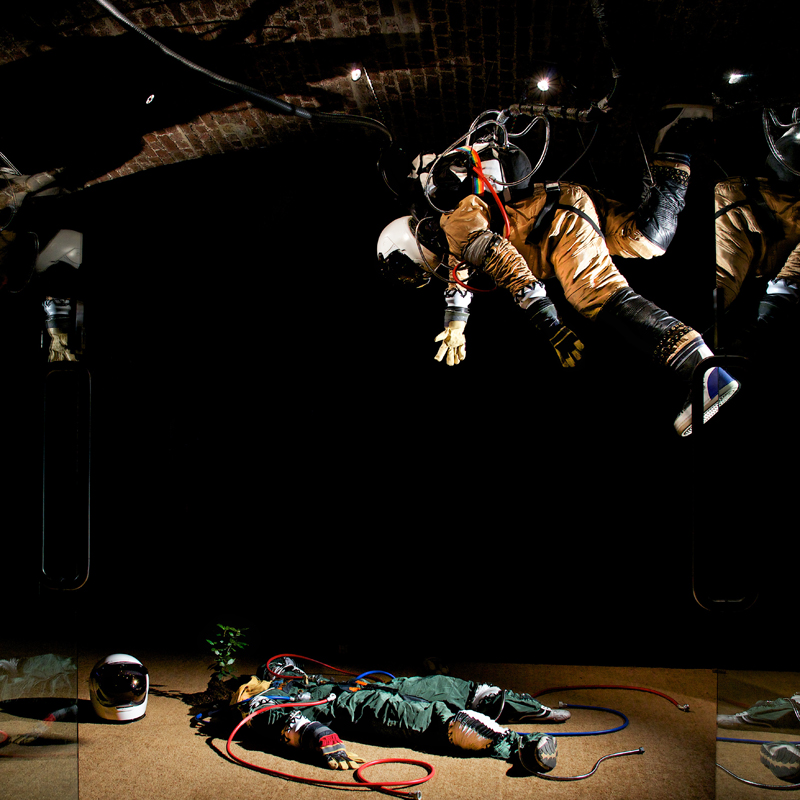
Sarah Fortais ‘Things Being What I Want Them To Be And Not What They’re Supposed To Be Part III’ 2013 Mixed Media Dimensions variable
5. What inspires you? 6. Who inspires you?
I think viewing Kubrik films or Hirst’s Mother and Child Divided aren’t directly inspirational and don’t give me ideas but they do present beautiful clarity in their resolution as well as great ambition and that causes me to pay them my full attention. I think that attentiveness is useful — completely necessary to creativity — because it affects me for a short time after viewing the work. I become hypersensitive to the things around me and feel confident that I am actively working towards generating something new. The thing won’t arrive at this time but I will have gained the right kinds of tools in order to produce it.
As a general rule:
-sounds inspire sculpture/video
-people influence video/photography
-objects inspire installations/devices
-artwork temporarily wakes me up
-writing inspires ways of doing things
Places I look for things: Ebay, Amazon, Brick Lane, pound shops, skips, cats, train rides, my friends’ brains, books, Dad, and Ed.
Who inspires me: I’d say that usually my favourite artwork doesn’t come from my favourite people. People I care for and that inspire me… are personal.
7. Can you describe your studio space?
…not large enough? I’m spread out between my allotted space at Slade and my apartment but I am working towards being able to afford a living space where I can also fit power tools. A lot of my time is spent out searching for materials and it would be great to have 1 final destination for them.
8. How do you define success?
I now have a greater understanding of how I work as a researcher and have used this understanding to project long term goals onto my much wilder experimentation as an artist. In doing so I have created a personal methodology that I believe in. This is a kind of success. It’s something that I had to grow into over time and something that will change but for the time being I feel like I am coming at things from a place of stability. I’ve outlined an area from which to produce and test the material for my Practice-Led PhD (which incorporates Catlin) and this will satisfy me until I produce enough work to fill it.
As long as I stay hungry and continue make people happy with the work I produce, then I will let my work take itself where it naturally wants to go and not worry too much about the details.
9. Why do you make art?
Because I actively don’t want to make nothing.
About The Catlin Art Prize
The Catlin Art Prize gives talented young artists who have recently graduated from UK art schools the opportunity to showcase their work professionally and win a significant monetary award towards their future development.
Graduating artists from around the UK are visited and assessed by Art Catlin curator, Justin Hammond, and 40 are invited to feature in The Catlin Guide, an exclusive publication showcasing the most promising new artists in the country.
From the Guide, a small number of artists are selected as finalists for the Prize and are invited to demonstrate their progress by presenting a new body of work at the Catlin Art Prize exhibition, held 12 months on from graduation.
Finalist selection is based on the standard of their work and their potential to make a significant mark in the art world over the course of their early careers.
During the exhibition an independent panel of judges including Turner Prize winner Mark Wallinger will select a winner who will receive the £5,000 prize. A visitor vote is also held, allowing the general public to vote for their favourite artist via the website and at the exhibition. The winner of which will receive £2,000.
From the 2014 Guide seven artists have been invited to demonstrate their progress by presenting a new body of work at the Catlin Art Prize exhibition, held 2nd -24th May 2014 More Details: www.artcatlin.com
